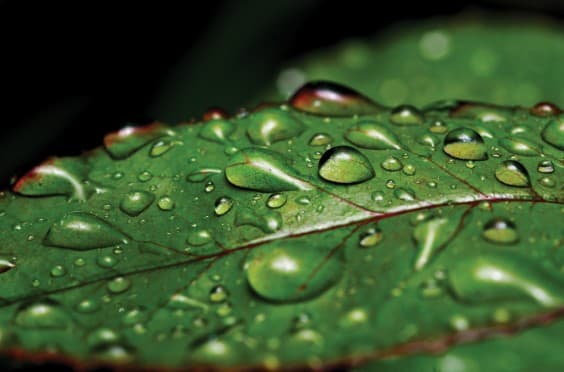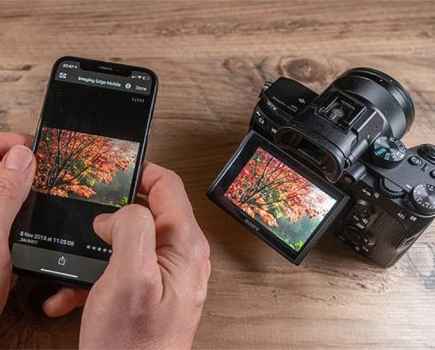Your camera has a host of modes that can affect the final shot. Understanding what your camera setting do will mean you’ll take even better images.
What you’ll learn: How to correctly set-up your camera
What you’ll need: DSLR or Compact System Camera
How long will it take: 20 mins max
Your camera is a sophisticated piece of kit, offering a wealth of features that can be altered and set. Knowing what these features are, what camera settings you should use and when you should use them can make a massive difference to your final image. Read on to find out how to make sure your camera settings are selected correctly.
Camera settings: Image Quality
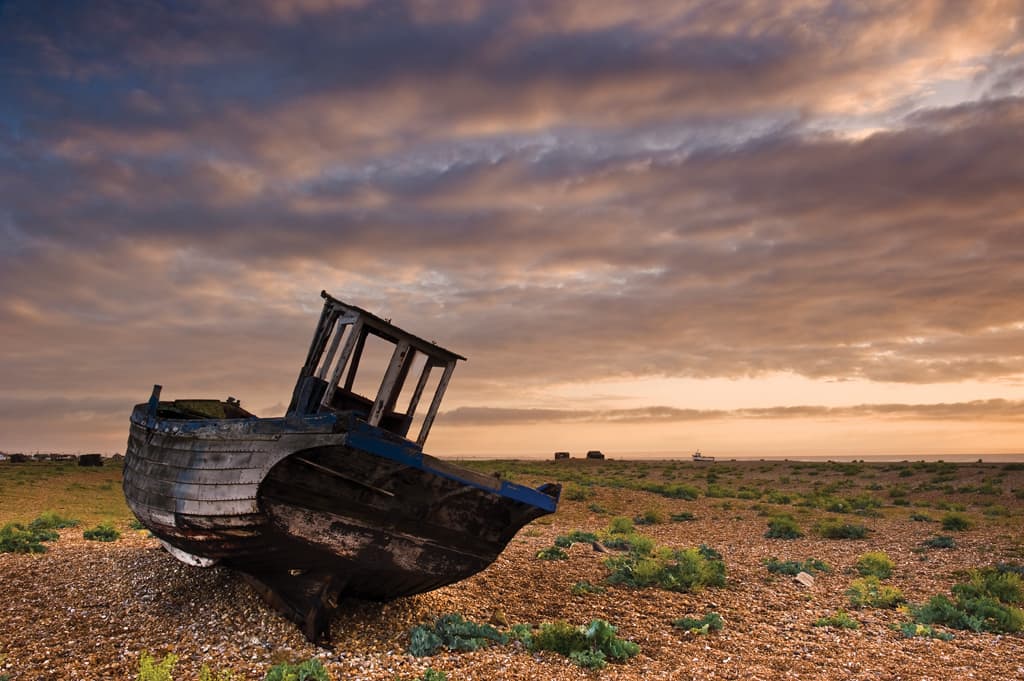 You can select JPEG or Raw and here’s where you really get to decide how much control you have over the look and feel of your images.
You can select JPEG or Raw and here’s where you really get to decide how much control you have over the look and feel of your images.
If you select JPEG, you’re letting the camera apply a series of adjustments to your shot automatically at the point of capture.
These settings include white balance, sharpening and colour saturation, so as soon as you load them onto your computer, they’re ready to be printed or uploaded with minimal to no image editing at all.
Raw files, on the other hand, are exactly what the name suggests – they’re completely unmanipulated files that haven’t had any of those adjustments that are applied to a JPEG file. Think of them as a digital negative, if you will.
But why shoot Raw when all the hard work is already done for you in a JPEG file? Well, Raw files contain much more information, allowing you to control exposure and colour to a much greater degree. Highlight and shadow detail can be recovered that would otherwise be lost with a JPEG, while white balance issues are easily corrected.
Though Raw files do require you to make these adjustments afterwards on a computer via Raw Conversion software (often bundled with your camera, while Photoshop and Elements also feature a Raw converter), the final image will look much better than a JPEG straight from the camera.
JPEGs have their place though – they’re great for sharing instantly with friends and family.
If you’re torn between shooting either JPEG or Raw, most cameras offer a dual shooting mode, allowing you to shoot both JPEG and Raw simultaneously.
JPEG Compression
Within Image Quality, when you select JPEG, you’re often provided with a choice of compression options, such as Fine, Normal and Basic.
While opting for one of the lower quality levels will mean that you can squeeze more shots onto your memory card, the maximum quality setting is the one to go for to ensure you maintain the best image quality possible.
Image size
Not to be confused with Image Quality, Image Size allows you to shoot at lower pixel counts than the camera’s full resolution.
As with JPEG compression, we’d recommend that you shoot at full resolution to maintain optimal quality. You can always scale the image down at a later date if you want to upload it for the web. However, you’d be kicking yourself if you captured that once-in-a-lifetime shot and you had your camera set to the lowest quality and couldn’t print it larger than a 6×4 postcard.
Colour Space
Pretty much every camera has a choice of either sRGB or Adobe RGB colour spaces. Colour space refers to the range and number of colours your camera can record.
Adobe RGB has a wider range (or ‘gamut’) of colours than sRGB, and as such is more suited to professional CMYK printers.
sRGB is used by a wide variety of devices and is pretty much the standard colour space for displaying images on screen. This is why Adobe RGB images uploaded to the web can look a touch flat compared to sRGB images.
For most occasions, sRGB should be your preferred colour space option. While Adobe RGB provides the greater gamut, you need to ensure that this is set throughout your workflow for your images to fully benefit from the increased range. This includes your image-editing program and printer profile.
File number sequence
If you’re going to be taking a lot of shots and want to easily catalogue your images, it’s best to set the file number sequence to on. So rather than reverting to DSC0001.jpg every time you insert a memory card, the file number will incrementally increase, allowing you to have unique file names for each image, rather than duplicates that can be easily overwritten.
Camera settings: Drive modes
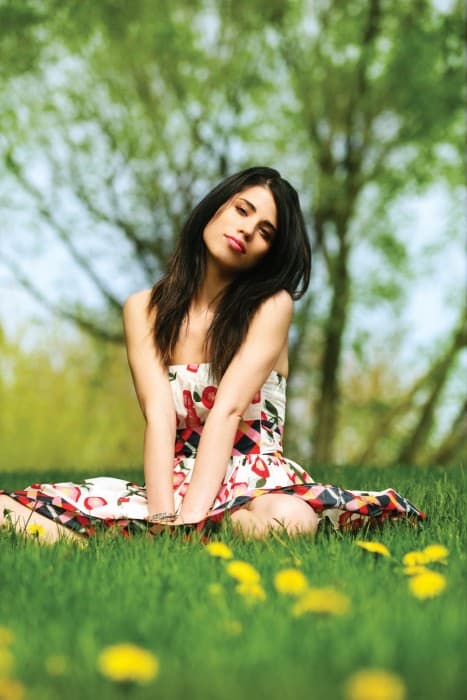
Drive modes allow you to determine the rate at which the shutter is fired or how it’s fired.
Your camera will usually have a few options, and depending on what you’re shooting will depend on the drive mode you use.
Single
As the name suggests, this takes a single shot when you fire the shutter. Even if you press and hold the shutter button down, the camera won’t take another shot until you release and press the shutter button down again. This mode is suitable for a range of general shooting situations.
Quiet mode
Some cameras, such as the Nikon D3100, offer a Quiet mode where the noise of the shutter is suppressed. The noise of the shutter can be quite loud, so when you want to carry on shooting in a quiet environment such as a wedding ceremony or when photographing wildlife, the Quiet mode can be pretty handy.
Self-timer
The self-timer mode allows you to press the shutter and the camera will then fire the shutter for you after a predefined time. Ideal for getting yourself in the frame, it does have other uses too. If your camera’s on a tripod, shooting in Single mode can induce movement from the downward motion of pressing the shutter button. A good tip is to place the camera on self-timer, press the shutter button and by the time the camera triggers the shutter, any slight movement will have subsided and you’ll achieve pin-sharp shots. Self-timers normally have the choice of either being set for a two-second or 10-second delay, with some cameras offering even more options.
Continuous
This is the best mode for when you’re shooting action because it will allow you to press and hold the shutter button down and fire off a series of shots in a non-stop burst to ensure you get the winning image.
The rate at which your camera fires continuously will vary from camera to camera. DSLRs can fire at a rate of 3fps (frames per second) or up to a hefty 12fps, while some compacts are even faster than that. Some models are able to sustain longer bursts than others, allowing you to fire off more frames than others before the buffer slows down and the camera needs to stop firing to write the information to the card.
Camera settings: Autofocus
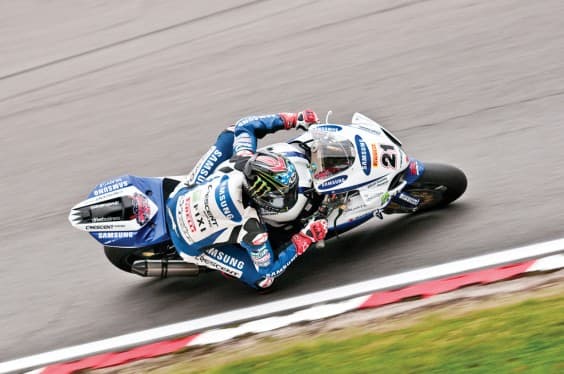
Your camera has a wealth of AF modes to deal with the different shooting situations. Making sure you have this set-up correctly will be the difference between an out-of-focus shot and one that you’re proud to display on your wall.
Single-shot AF
This is the mode to choose when shooting general and static subjects. Once you have depressed the shutter button and focus is acquired, it locks onto the subject at that distance. If the subject moves between then and when you take the shot, there’s a risk that your subject will be out-of-focus. For static subjects though, this won’t be an issue.
Continuous AF
If you’re going to be shooting a moving subject, then Continuous AF is the AF setting you need. If you’re a Canon user, it’s called AI Servo rather than Continuous. Here’s how it works. When you press the shutter button halfway, the camera continues adjusting the focus on your subject until you fire the shutter. This ensures the focus is maintained as your subject moves closer or further away.
Auto AF
Auto AF is a combination of single-shot and continuous AF, where the camera will initially be in single-shot AF, but if it senses the subject moving, will swap to continuous. Canon users will find this mode called AI Focus instead.
Manual focus
While manual focus may seem a little out-of-date and unnecessary with advanced AF, it still has its place. AF is not foolproof all the time, so there’ll be times when you need to focus manually to get the shot in focus. On other occasions you may want to lock the focus on a specific spot, such as when you’re taking multiple shots.
AF point selection
DSLRs use a phase-detect AF system, with an arrangement of AF points dotted round the frame, usually with a centre bias. You can define how these points are activated. This will vary from camera to camera depending on how sophisticated the AF system is. In the main though, there’s single-point AF, allowing you to select any one of the AF points for precise control. An AF auto mode will let the camera decide which AF point to use to focus – usually the AF point closest to your subject – while there are also AF tracking modes, which will track your subject from AF point to AF point.
Camera settings: Dynamic Range Adjustment
In high-contrast conditions, your camera’s sensor doesn’t have the latitude to record detail in both the highlights and shadows. This often means one of them is sacrificed for the benefit of the other, with images displaying washed-out highlights or blacked-out shadows.
Most cameras now include a Dynamic Range feature to reduce this effect and hence produce a shot that’s more pleasing overall. You’ll get more favourable results if you process a Raw file and rescue the highlights or shadows post capture, but if you’re shooting in JPEG, this feature is worth experimenting with.
Author: Matt Tuffin

